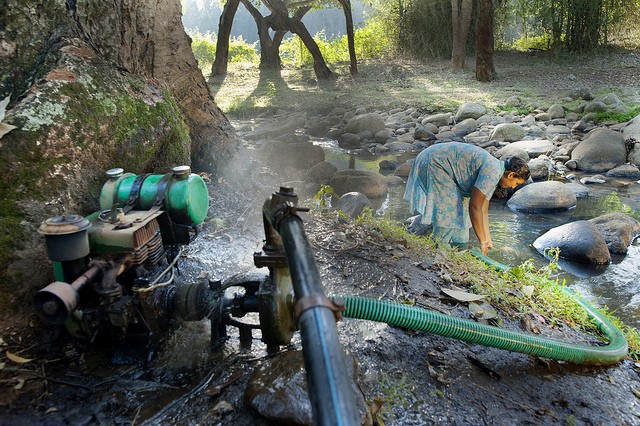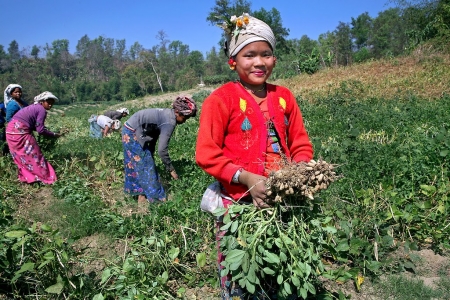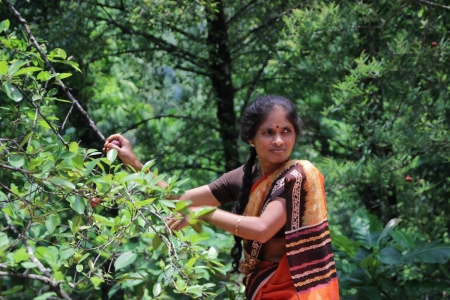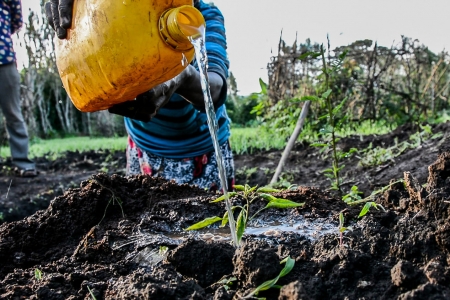If we see water as a UN endorsed human right rather than just as a technical or institutional issue, then what questions are raised by examining ‘sufficient access to water for both essential domestic and productive water uses’?
1. Who has the ‘right’ to participate?
Irrigation engineers and managers often see irrigation from technical perspectives and not as anything to do with the UN’s human rights instruments. If they see the links, then a number sub questions fall into place such as:
- Do engineers see it as their job to respect and fulfill the human right to water for domestic uses?
- Can the scheme also serve other and often more important water uses by many more people?
- Is irrigated land equally allocated?
- Is control over the water technologies equal?
- Does everybody have an equal right to participate in Water User Associations?
2. How can all women (and men) obtain access to water for both essential domestic and productive uses?
In line with the goals of the domestic water sector to also reach the unserved, a second question considers the majority of people without plots in irrigation projects, including the landless. Is there a ‘core minimum’ of water services that everyone should be entitled to in order to realize their human right to food and an adequate standard of living? Evidence has shown that small-scale productive uses are a high priority for the rural poor with diversified, agriculture-based livelihoods. The domestic sector’s assumption that service levels up to 100 litres per person per day are only used for domestic purposes is an illusion. Even at 25 litres per person per day, livestock or homestead cultivation have higher priorities than luxury domestic uses. Hence, a concrete way to realize CEDAW’s goal of sufficient access to water for all is to provide 50 to 100 or 200 litres per person per day for both domestic and productive uses. Out of these volumes, only 5 litres need to be safe for drinking and cooking.
3. How can women participate equally in technology development?
CEDAW also applies to the most persistent gender inequality in water: men’s domination in more advanced and mechanized water technology design, dissemination, adoption and operation and maintenance, whether in public or private sectors. Besides weaker land tenure security, other reasons have been studied:
- Initial arrears in technical skills are continuously reinforced.
- Women lack the capital to invest.
- Women avoid male-dominated public spaces, whether irrigation equipment hardware shops or water distribution negotiations in local bars.
- Women are often too busy with domestic tasks.
- Men as a gender monopolize technological development, including water technologies, which strengthens their bargaining power vis-à-vis women.
But do these reasons sufficiently explain how can gender equality be achieved? Unravelling the links between technical irrigation and water and human rights raises new questions and requires new state action.
For more research on water and rights, see our book “Water is Life: Women's human rights in national and local water governance in Southern and Eastern Africa”, edited by Anne Hellum, Patricia Kameri-Mbote and Barbara van Koppen

















Add new comment